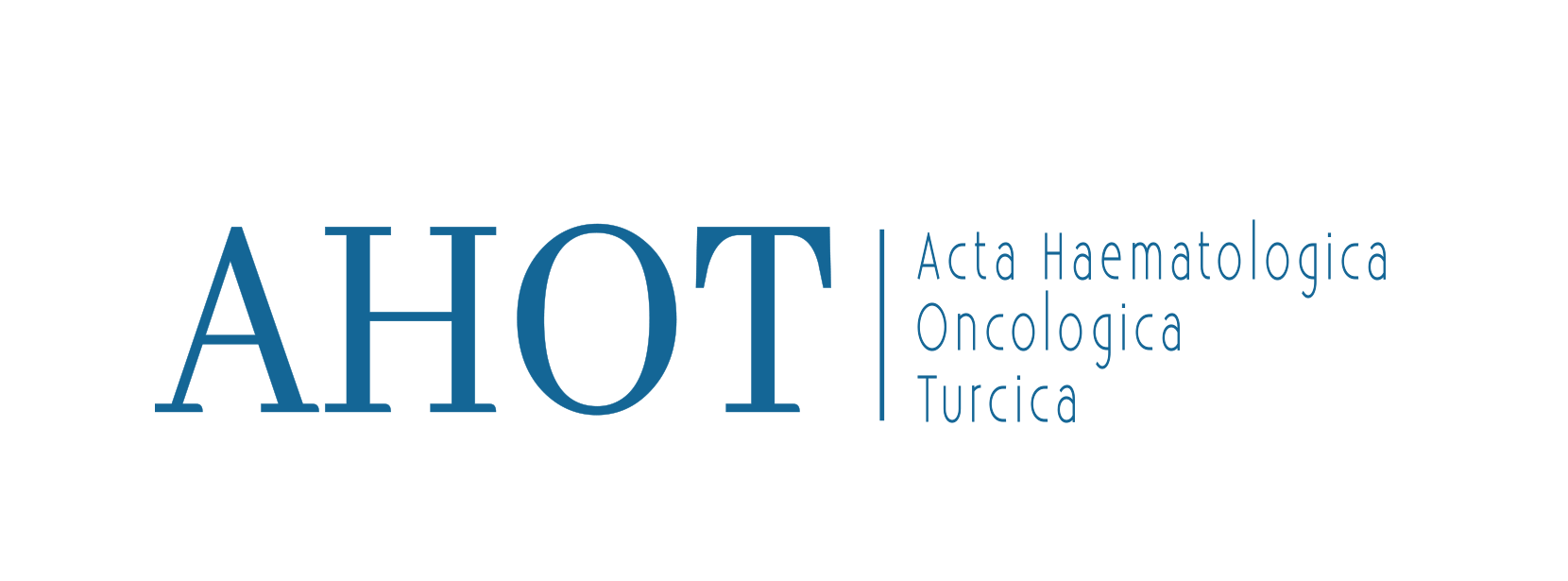Abstract
Arm adduction and immobilisation of the shoulder in early days of modified radical mastectomy (MRM) is believed to prevent seroma formation. The aim of this study is to evaluate the effects of ipsilateral shoulder abduction and arm elevation on postoperative early complications of MRM, range of shoulder motion and pain during follow-up period. Fifty consecutive patients who had been operated vvith MRM and given radiotherapy to the chest wall have been evaluated. The patients in group 1 had infor-med to arm abduction and elevation while the others in group 2 wanted to have their arms adducted. Shoulder, arm and chest wall pain was evaluated vvith the Lent-Soma pain scale. Range of shoulder motion was evaluated vvith goniometer. The mean age of 25 patient in group 1 was 52.7 years, the days needed for ciosed suction drains was 6.3 vvith a total drainage of 860 mL. Five patients vvith seromas in this group needed aspirations vvith a drainage of 410 mL. These vaiues recorded for group 2 (n= 25) vvere 53.1 years, 6.7 days and 890 mL, respectively. Six patients in this group had seroma vvith a drainage of 490 mL. Tvvelve patients in group 1 reported grade 1 pain and 15 patients in group 2 reported grade 2 pain. Mean painless arm abduction rates vvere 134 ± 15.8 degree for group 1, and 131 ± 16.1 degree for group 2. The difference betvveen groups for range of shoulder motion was not significant (p= 0.421). Further research vvith more patients is needed for better evaluation of these parameters.



